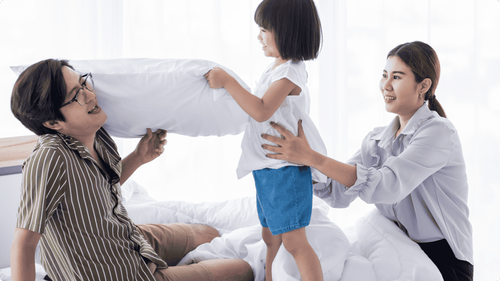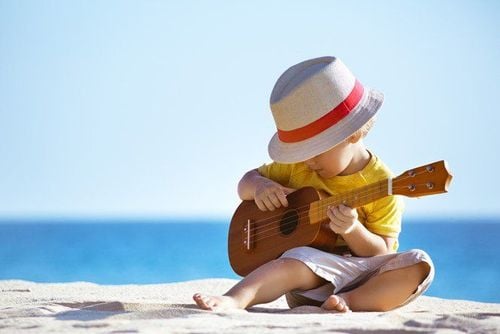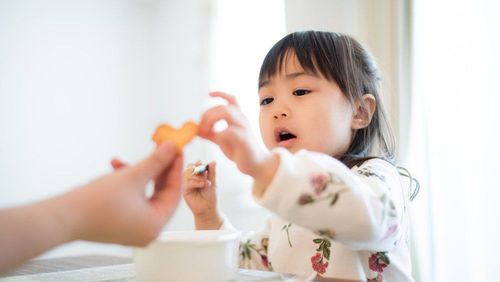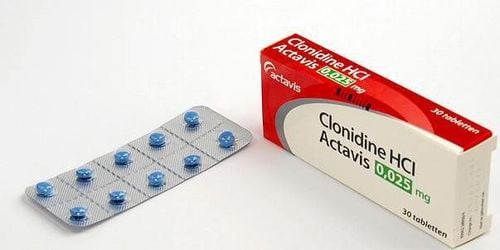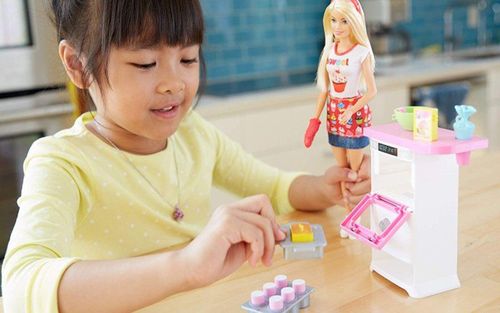This is an automatically translated article.
Content is professionally consulted by Master Music Therapy Technician - Regenerative Medicine Clinic and Educational Psychology Unit - Vinmec Times City International Hospital
Autism spectrum disorders (RLPTK) are defined as a group of neurodevelopmental disorders characterized by impairments in social interaction and communication as well as repetitive and patterned behaviors and life function. is limited. When children with autism participate in instrumental music therapy, they respond to the sounds produced by each instrument. They pass and share instruments with other members of the group. They learn to listen to music and this can improve hearing and also reduce hearing sensitivity. Music therapy has a positive effect when creating an ideal interaction between the therapist and the child through the use of musical instruments as a means of communication. The child learns to communicate using musical cues and encourages eye contact. The use of musical instruments can help people with autism break down social barriers, which helps to form effective communication and interaction skills.
1. Drums
As a therapist, I love using drums because they come in a variety of sizes, shapes, colors, and sounds. They are friendly and familiar with the culture of the people. They are easily found in schools, in toy stores or at cultural festivals. Drums give us a variety of options from genres to prices.
Drums are used to create sounds that attract children's attention, to percussion fast/slow/loud/small to help children feel and express emotions. Drum is also an instrument that has a simple but effective use in percussion accompaniment to songs and rhythms by clapping or percussion. That offers a lot of value in aiding eye-hand coordination, impulse control, and providing controlled sensory input.
Drums in groups can change participants' neuroendocrine and immune system stats, i.e. boost your immune system and help you get sick less often. Dr. Bittman has demonstrated that group drumming strengthens the immune system by enhancing natural killer (NK) cell activity. In addition, it shows that humans have less of a stress response across the genome, not only reducing but also reversing the stress response trigger switch in gene 19, which is believed to be responsible for stress response. with the development of common diseases.
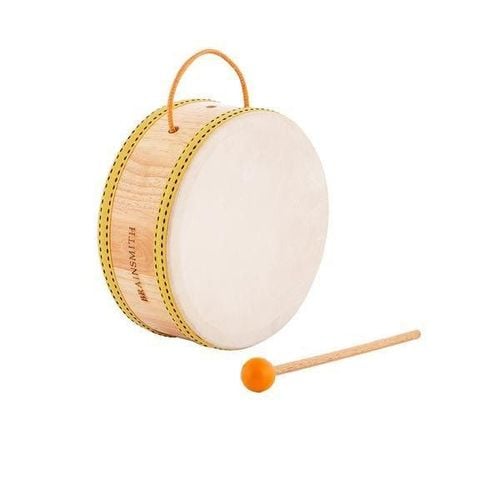
2. Percussion instruments with no accents
Are musical instruments that use percussion or impact on the instrument surface to produce sound, rhythm, and unknown or adjustable pitch. They are often made from different materials such as wood, plastic, metal... creating different timbres.
The unsound percussion instruments commonly used in therapeutic interventions for children with autism spectrum disorders are: Castanet, maracas, music eggs, rainstick, stick, tambourine, beat bar, dice... the advantage is compact and low cost that most children love to play.
I have used music therapy for children with autism with non-pitched percussion instruments to help them learn to adjust the rhythmic speed or to adjust the rhythm between fast and slow, loud and low, strong and soft, play and stop... This can be used as an auditory signal for children to understand their current energy level and they can learn to self-regulate the strength of their fingers and hands. Instrumental percussion instruments are also useful for cognitive development through distinguishing the timbre of instruments.
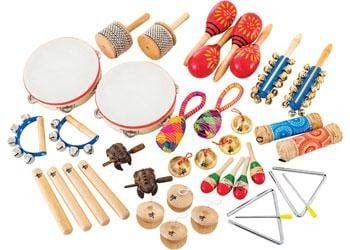
3. Xylophone
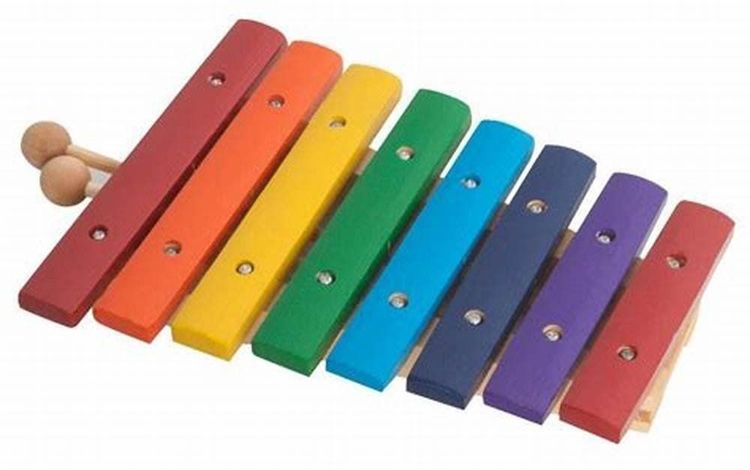
Like most of the instruments listed here, xylophones come in a variety of sizes, colors, and prices. The wooden type will produce a lower-pitched sound, which helps prevent overstimulation of the baby's sensitive auditory system. Metal type, produces high-pitched, high-pitched, bright sounds. One thing of particular note is that I often choose the color type (to help children easily distinguish and identify the musical notes).
Xylophone can help children with hand-eye coordination, impulse control, gross motor skills as well as sheet reading skills if you use color-coded music to match the notes on the xylophone.
I can share with you a picture of a piece of music I designed with colored notes so that children can easily read and understand them and play them on the Xylophone as follows:
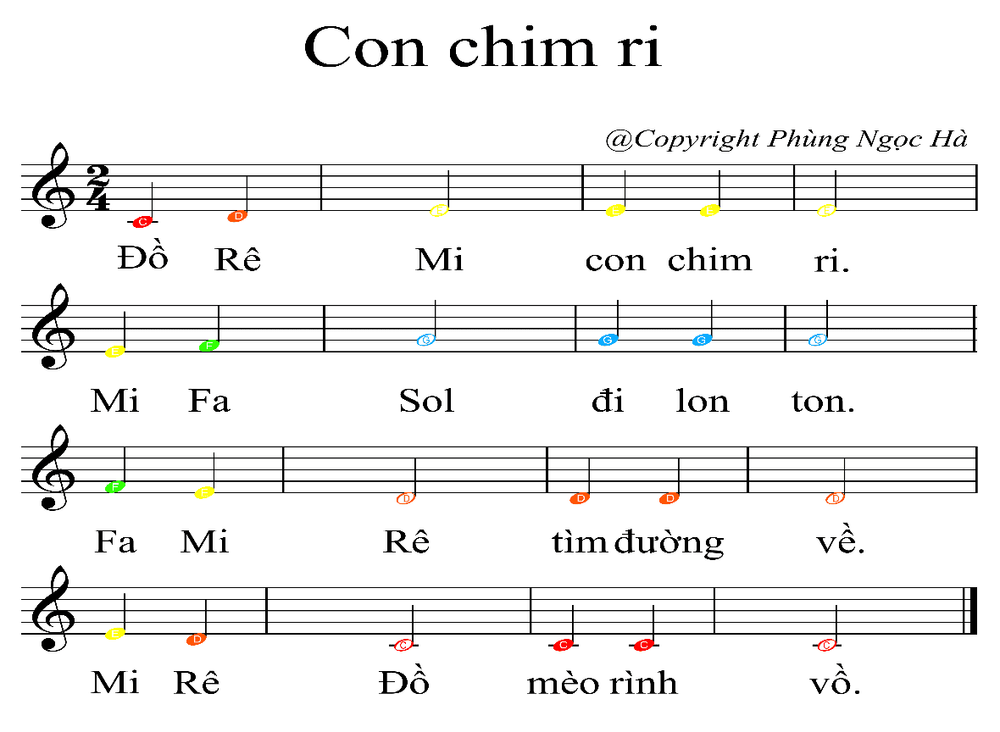
4. Piano / Melodica
Pianica (also known as Melodica) is a small instrument, easy to carry on the go, used by blowing air in and combining pressing keys at the same time. Although the sound it produces is similar to an accordion or harmonica, it has black and white notes that look similar to a piano or organ.
I often use Pianoica/ Melodica to help with fine motor skills, breathing control and hand-eye coordination. This is also a less expensive option than buying a piano or organ.
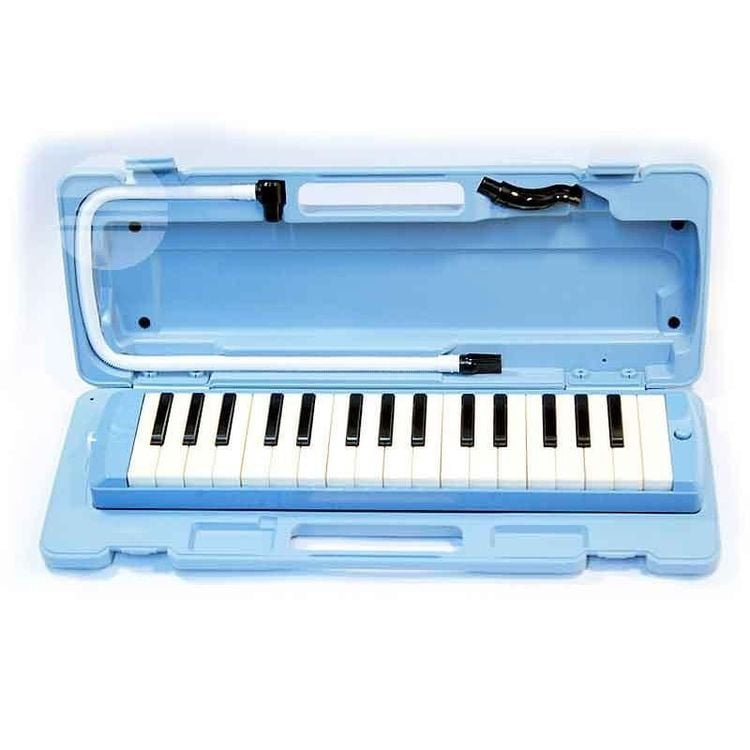
5. Organ, Piano
I recommend buying a digital keyboard for use in music therapy for children with autism. Children especially seem to like keyboards with lots of function keys. I use the keyboard to help children practice fine motor skills, as an outlet for creativity and play without direct instruction. Children can also develop cognitive skills through learning to control the function keys. In particular, electronic keyboards often have a record button so that children can record their creative masterpieces and play them back. This helps children feel good about their achievements and allows them to share their work with others. This is especially helpful for improving social and interactive skills in communication.
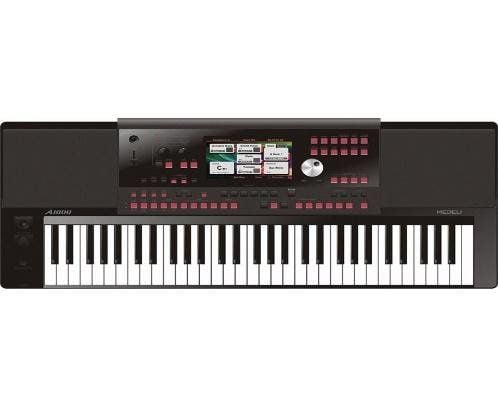
Above are the sharing of music therapy for children with autism, parents can refer to apply to their children to get the best results. Or you can ask for advice from a specialist to get the right indications for your child's health.
Please dial HOTLINE for more information or register for an appointment HERE. Download MyVinmec app to make appointments faster and to manage your bookings easily.
References
American Psychiatric Association (2013), Diagnostic and statistical manual of mental disorders, Arlington: American Psychiatric Publishing. Jennifer Buchanan (2015) Music apps to change lives, Industry and Trade Publishing House.




